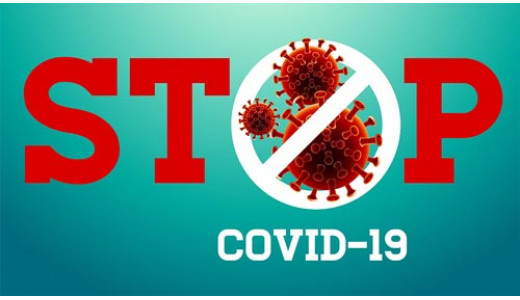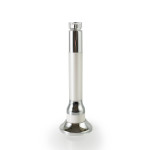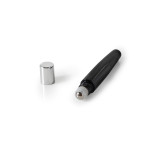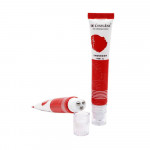
Introduction
In the cosmetics industry, maintaining hygiene and cleanliness, especially in products like eye creams, is paramount. This post explores the latest innovations in applicator technologies that ensure these critical standards are met, enhancing both safety and user experience.
The Importance of Applicator Hygiene
High standards of hygiene in eye cream applicators are essential for:
- Preventing Contamination: Ensuring that bacteria and germs do not compromise the product.
- Product Efficacy: Maintaining the integrity and effectiveness of the eye cream formulation.
- Consumer Satisfaction: Meeting expectations for a premium, hygienic experience that consumers trust.
Traditional Applicator Challenges
Traditional applicators often face hygiene-related challenges:
- Cleaning Difficulties: Reusable applicators may not be easy to clean or disinfect thoroughly.
- Cross-Contamination Risks: There's potential for contamination between users or during manufacturing.
- Durability Concerns: Repeated use can degrade applicators, affecting their hygiene and functionality.
Innovative Applicator Technologies
Recent advancements in applicator technology address these hygiene concerns through:
- Single-Use Applicators: Designed for one-time use to ensure cleanliness and prevent cross-contamination.
- Applicators with Sterilization Features: Incorporating mechanisms for cleaning, such as UV light disinfection or embedded cleaning solutions.
- Antimicrobial Applicators: Utilizing materials that inherently inhibit bacterial growth.
Single-Use Applicators
Single-use or disposable applicators offer significant benefits:
- Hygiene Assurance: Each application is hygienic, with no risk of bacterial build-up from previous uses.
- Convenience: Easy to use and dispose of, enhancing the user experience.
- Efficiency: Ideal for fast-paced lifestyles or travel, where convenience is valued.
Applicators with Cleaning Mechanisms
Some applicators now include built-in cleaning technologies:
- Integrated Cleaning Solutions: Applicators that release cleaning agents to sterilize themselves.
- UV Light Disinfection: Using UV light within the storage case to disinfect the applicator after each use.
- Easy Disassembly: Designed for thorough cleaning, these applicators can be taken apart and cleaned more effectively.
Antimicrobial and Self-Cleaning Applicators
Advancements in material science have led to applicators that are inherently cleaner:
- Antimicrobial Materials: Metals like silver or copper are infused into applicator materials to prevent bacterial growth.
- Self-Sterilizing Surfaces: Surfaces that automatically clean themselves through chemical or physical properties.
Regulatory Considerations and Certifications
Ensuring compliance with hygiene standards involves:
- Industry Standards: Adhering to cosmetic safety and hygiene guidelines.
- Certifications: Achieving certifications like ISO or FDA approval that endorse the applicator's design and hygiene features.
Case Studies: Successful Hygienic Applicator Innovations
Several brands have successfully integrated innovative applicators:
- Innovative Designs: Brands that have developed new applicator types to enhance hygiene and usability.
- Consumer Impact: These innovations have significantly improved consumer perception and trust.
- Market Success: Discussing how these applicators have helped differentiate products in a competitive market.
Conclusion
Eye cream brands are encouraged to prioritize applicator hygiene, adopting innovative technologies that ensure product safety and enhance user satisfaction. As consumer awareness and demand for hygienic cosmetic solutions grow, brands that invest in these innovative applicators will likely see increased loyalty and market share.
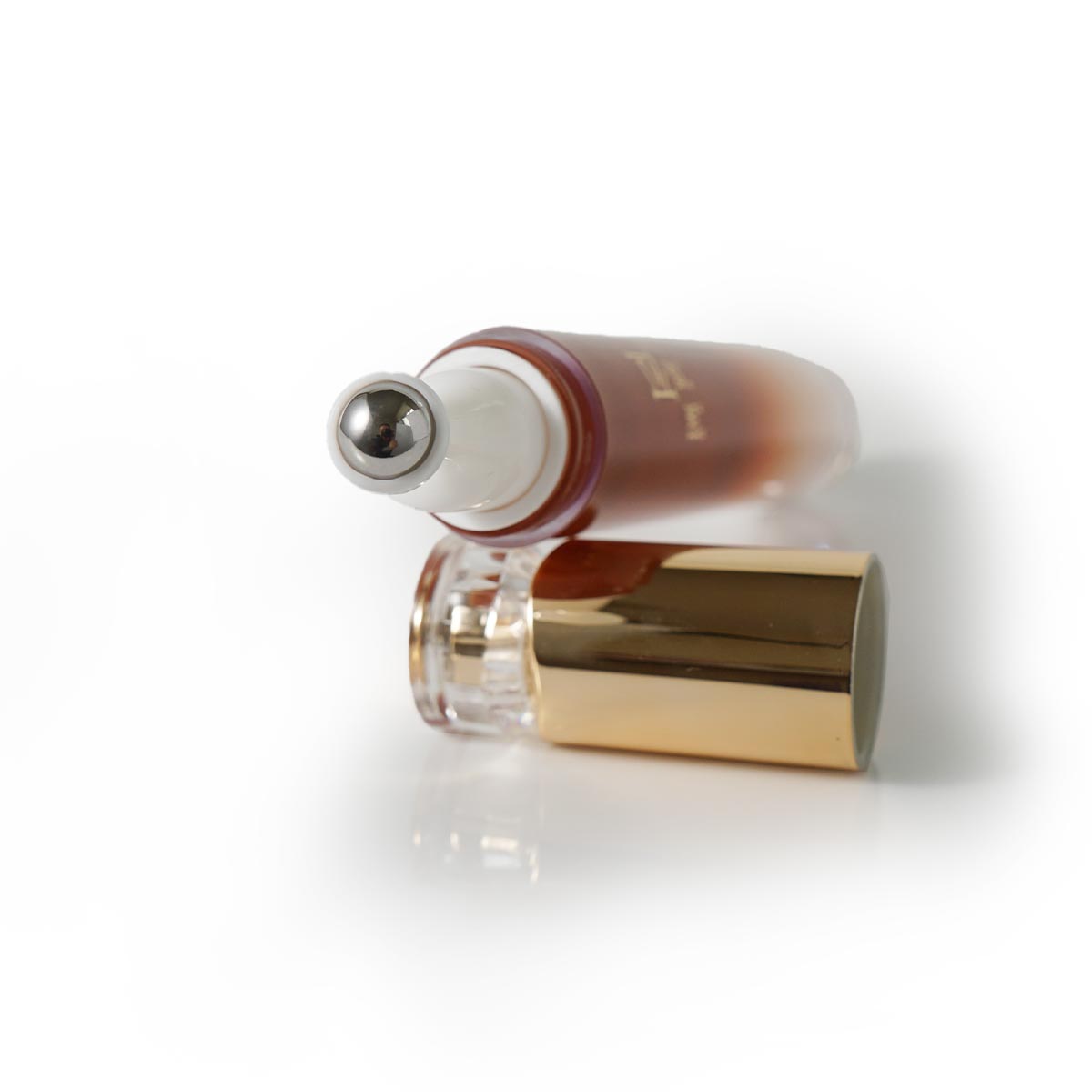
Explore our range of hygienic applicators and their benefits.
The innovations in eye cream applicators not only elevate the consumer experience but also ensure that products remain safe and effective, reinforcing the brand’s commitment to quality and care.

